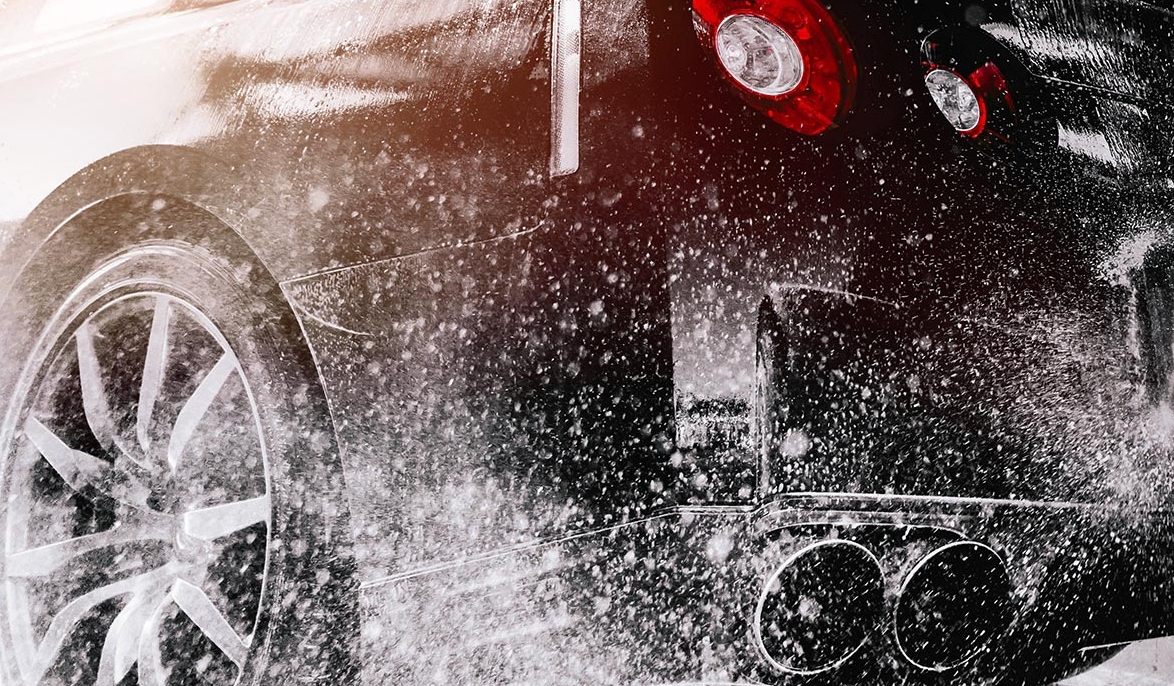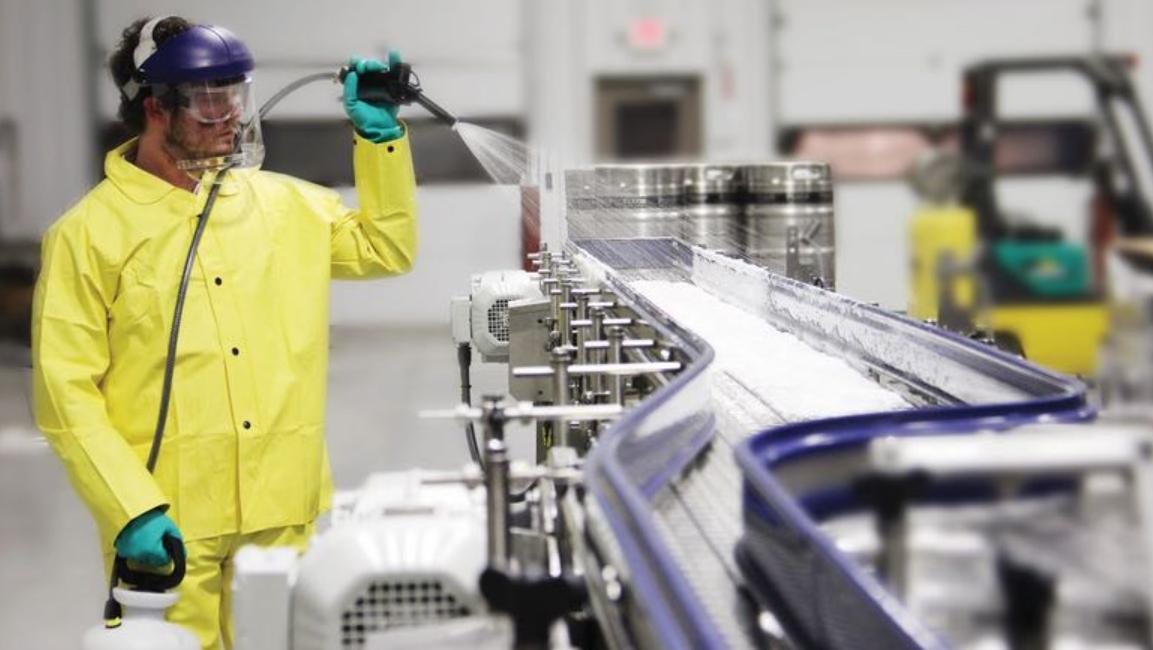Accidents happen. Whether it’s oil left over from a guest’s leaking car, grease from a broken truck, or vegetable oil from the last backyard barbecue, it’s likely that someday you will run into an unwanted stain on the paving stones in your courtyard or driveway.
In most cases, you will be able to remove the stain with products that you have in your home or that can be easily purchased from your nearest home renovation center. When that is not the case, you can always professionally clean the driveway, or you can simply replace the stained paving stones and return the driveway or patio to a new look almost immediately.
Here’s a step-by-step guide to help you remove grease and oil stains from paving stones:
Step 1: If the stain is fresh and there is still liquid on the surface, dampen as much oil or grease as possible with a rag or paper towels.
Step 2: If there is still a significant amount of oil or grease on your paving stones, apply regular cat litter to the stain and gently push it into the stain. Do not use a wire brush for this, as it may scratch the paving stones. Allow the litter to absorb the liquid, then remove the litter by sweeping and discarding.
Step 3: Scrub the area using dish soap, water, and a dishwashing brush or deck brush (avoid wire bristles). It is always best to use natural products whenever possible, but you may find that dish soap known for its cutting oil and grease like Dawn will give a more satisfying result. Alternatively, you can also use baking soda instead of dish soap, especially for small stains.
Step 4: Spray the area with a garden hose with a nozzle. This will allow you to use a higher pressure direct spray to clean the area. A pressure washer can be used, which can help to better remove grease or oil stain, but surfaces such as concrete, bricks or paving stones can be easily damaged when using a pressure washer.
Hopefully these four steps will help you remove grease or oil stains from your paving stones. However, if these methods are not enough to remove stains, there are other options. For example, you can try using an oven cleaner by spraying it liberally over the stain, letting it sit for 15-20 minutes, and then rinsing it. However, keep in mind that oven cleaner contains chemicals that are not breathable and not suitable for flushing storm drains, lawns or flower beds.
For particularly stubborn stains, you may need to go to a hardware store and purchase a degreaser specially formulated to remove stains from the driveway. If you need to go this route, follow the directions on the product for the best results.
Alternatively, you can professionally clean your driveway. Just be sure to use a contractor who is familiar with paving stone cleaning and knows that extreme care must be taken when using a pressure washer and wire brushes must not be used.
If all else fails, you can always replace the soiled paving stones. This is one of the advantages of choosing ‘paving stones instead of stamped concrete or slab concrete. If concrete driveways or terraces are damaged or have stains that cannot be removed, you will have to cut and replace the entire section or slab. And even after this costly renovation, the new section will be clearly visible, since it is almost impossible to get new concrete that matches the old concrete. However, with a paved path or patio, you can easily replace one or more paving stones without anyone even noticing.
Or contact our company and our specialists will remove all the dirt from the patio at a low price


